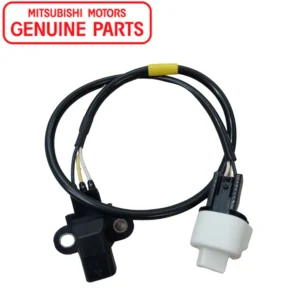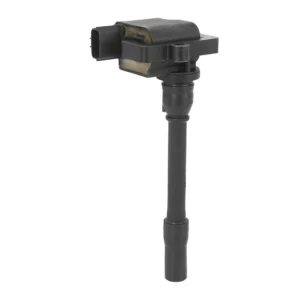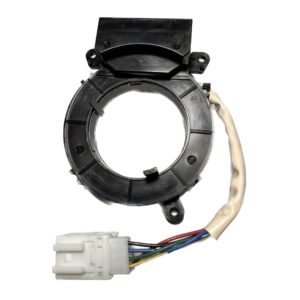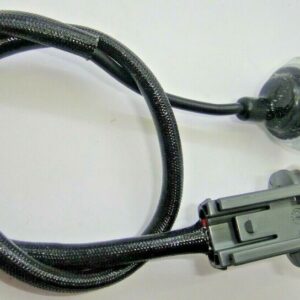MAP sensors fail by getting clogged, contaminated, or damaged. Sometimes, engine heat “overcooks” the MAP sensor’s electronics or cracks vacuum lines. If the MAP sensor goes bad, the ECM can’t accurately calculate engine load, so the air-fuel ratio will become either too rich (more fuel) or too lean (less fuel).
So, how will you know that your MAP sensor is going bad? Here are the key problems to look out for:
Only 3 left in stock (can be backordered)
$37,904.62
MAP sensors fail by getting clogged, contaminated, or damaged. Sometimes, engine heat “overcooks” the MAP sensor’s electronics or cracks vacuum lines. If the MAP sensor goes bad, the ECM can’t accurately calculate engine load, so the air-fuel ratio will become either too rich (more fuel) or too lean (less fuel).
So, how will you know that your MAP sensor is going bad? Here are the key problems to look out for:
| Warehouse | Inventory at warehouse 2 |
|---|




Get E-mail updates about our latest products and special offers.
Sensors and More is Jamaica’s ultimate online auto parts store. Established in 2020, we specialize in genuine electrical parts for Japanese, Read more…
Reviews
There are no reviews yet.